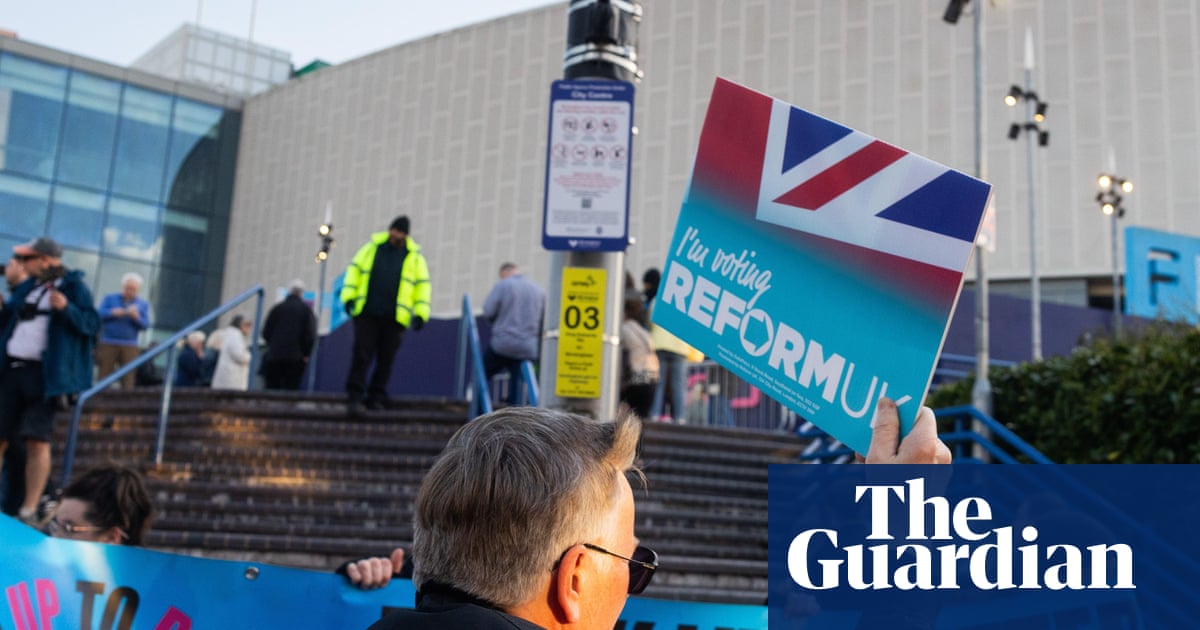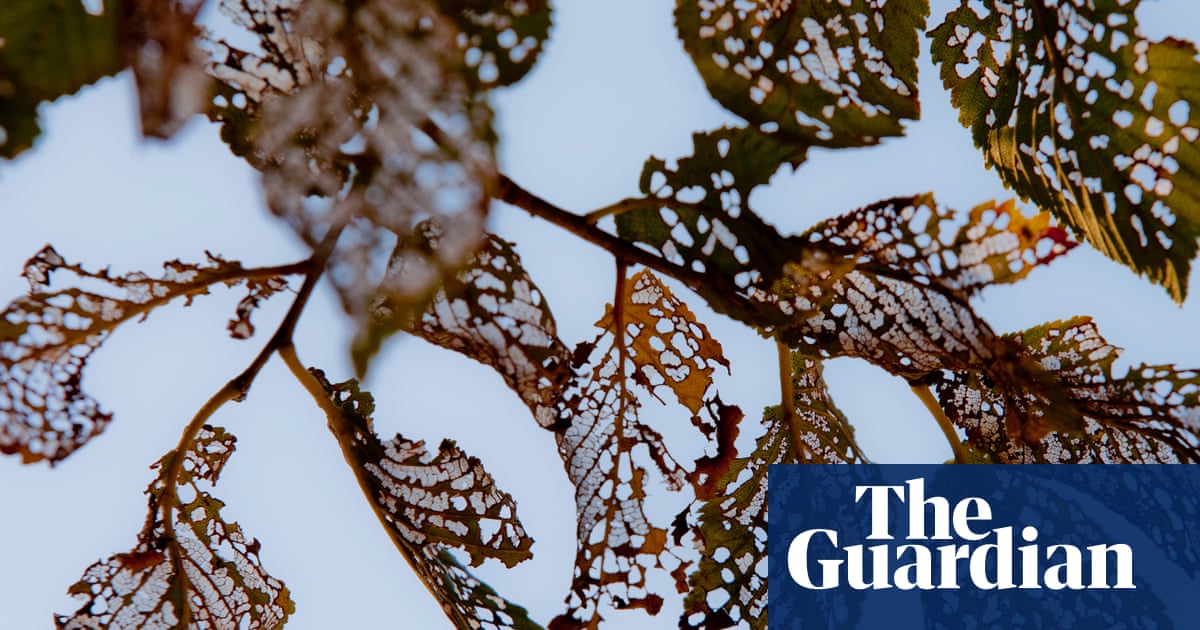For decades, thousands of residents in California’s agricultural heartland couldn’t use their wells because the water was too contaminated with pesticides. In December, the Biden administration stepped in with a long-awaited $20m grant to provide clean water, improve municipal sources and relieve the region’s financial and health burden.
The Trump administration just took the money away.
Donald Trump’s Environmental Protection Agency (EPA) labeled the grant a “wasteful DEI program”, though advocates say the move is an act of cruelty. Drinking water in some parts of the Monterey county region, which largely produces strawberries, has not been safe for decades because it is contaminated with staggering levels of highly toxic pesticide ingredients that threaten the health of agricultural workers and others.
The decision to yank the money was “unjust”, said Maraid Jimenez, a spokesperson for the Community Water Center, which was helping manage the grant’s implementation.
“People agree that everyone needs safe drinking water, so to have a grant help fix that for a rural community rescinded – it doesn’t make any sense to us,” Jimenez said. “The drinking water crisis here only gets worse, and, beyond our shock, we’re trying to mobilize to find a solution.”
The funding, along with California state money, would have improved drinking water quality for about 5,500 people, either through improvements to municipal infrastructure or by connecting contaminated wells to municipal lines.
The aquifer in the rural, majority-Spanish-speaking communities in Monterey county, which sits about 50 miles (80km) south of the San Jose, is widely contaminated with 1,2,3-TCP, a pesticide ingredient and carcinogen banned in 40 countries that persists for decades in the soil and groundwater. In many cases, the 1,2,3-TCP levels in wells have been found to far exceed state limits and EPA health guidelines for drinking water. 1,2,3-TCP can also evaporate and create toxic fumes in the shower, and it is linked to liver, kidney and reproductive damage.
The wells also often contain high levels of arsenic, hexavalent chromium and nitrates. Each are carcinogens and the latter can cause “blue baby syndrome”, a condition in young children that causes their skin to turn blue when the toxin gets into their bloodstream and restricts oxygen flow.
Residents have either had to buy jugs of water or use state assistance to purchase them over the last 30 years. Among them is Marcela, a mother of three who has lived in the region for about 10 years. She and her husband are strawberry pickers, and she declined to provide her last name for fear of retaliation from the federal government.
Marcela said the family, which lives near Moss Landing, spends about $450 every three weeks on 5-gallon jugs of water. The well on the property that she rents is broken. She and her landlords, an elderly couple who live at the house and whom she takes care of, don’t have enough money to fix it. Even if they could, the water from the well would in all likelihood be too contaminated to use.
They learned in late 2024 of the plan to connect their property to a nearby water district within three years, which would have alleviated a major stress and financial burden. Then they learned that the Trump administration had rescinded the funding.
“It is devastating news for us,” Marcela said via a translator. “We urgently need water.”
Marcela’s family is protected by the bottled water, but some in the region “didn’t know that they couldn’t drink or cook with the tap water, so they would use it”, said Mayra Hernandez, community advocacy manager with Community Water Center. What that has meant for their health is unclear.
Educating residents about the risks has involved Community Water Center staff knocking on doors. The challenges in getting out the word in the region, where there are a large number of workers who don’t speak English and who live in isolation from information sources, highlights how essential it is to hook up properties to clean water.
The EPA grant, along with state funding, would have connected more than 1,000 residents with unsafe wells to municipal lines. It also would have provided financial support to municipal systems needed to expand water provision and provide improvements.
after newsletter promotion
In an emailed statement, the EPA said: “Maybe the Biden-Harris Administration shouldn’t have forced their radical agenda of wasteful DEI programs and ‘environmental justice’ preferencing on the EPA’s core mission of protecting human health and the environment.”
The cuts are part of the Trump administration’s broader attack aimed at killing approximately $2bn for environmental and climate justice initiatives made available through the Inflation Reduction Act (IRA) that would reduce pollution and improve communities’ resilience to the effects of climate change.
Hundreds of projects across the nation have lost funding, and though lawsuits have sought to restore it, Trump’s “big, beautiful bill” eliminated all IRA money that was not yet disbursed.
The decision to rescind the funding came at almost the same time that the EPA announced $30m in funding for rural water improvements – a drop in the bucket compared with what was available under the Biden administration. None of the new funding is going to the region around Marcea’s home.
Jimenez said the EPA’s actions “don’t fall in line with their messaging”.
“Drinking water is a human right and it shouldn’t be a political topic that’s contested,” she said.
The Community Water Center is now looking for other sources of funding through the state, but Jimenez added that advocates are determined even if the situation for now remains unclear.
“Just because a grant is being canceled doesn’t mean the problem is going away,” Jimenez said.

 1 day ago
2
1 day ago
2










 English (US)
English (US)